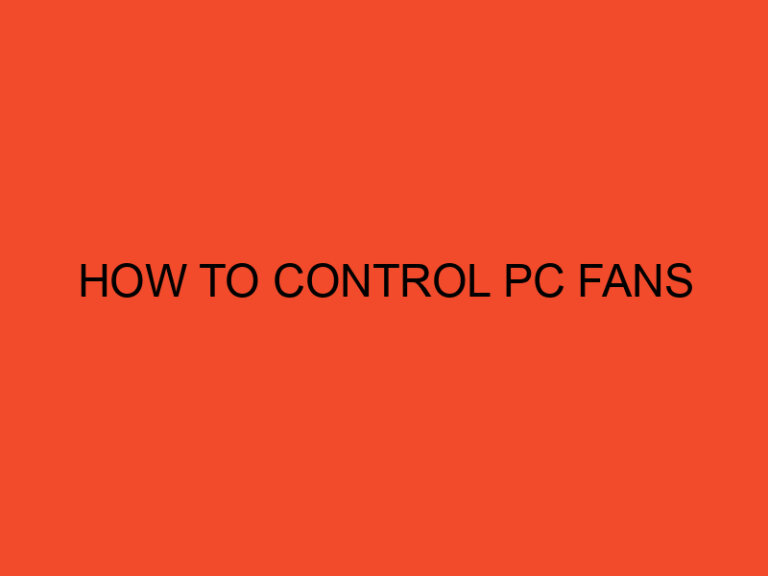In the world of computers, a motherboard serves as the foundation upon which all other components are built. It acts as a central nervous system, connecting various parts and allowing them to communicate with each other seamlessly. Understanding the different motherboard components and their functions is essential for any computer enthusiast or aspiring tech-savvy individual. In this article, we will take a detailed look at the key elements that make up a motherboard and how they contribute to the overall performance of a computer.
Table of Contents
- Motherboard Components and Their Functions
- The CPU Socket
- RAM Slots and Memory
- Expansion Slots
- Power Connectors
- BIOS and CMOS Battery
- Storage Interfaces
- Chipset
- USB and Other Connectors
- Audio Components
- Networking Components
- Graphics Card Slots
- Cooling Systems
- The Importance of Choosing the Right Motherboard
- Conclusion
- FAQs
Motherboard Components and Their Functions
The motherboard, also known as the mainboard or system board, is the heart and soul of any computer. It is a large printed circuit board (PCB) that houses and connects all the essential components necessary for the computer to function correctly. Let’s dive into the various motherboard components and their functions.
The CPU Socket
The Central Processing Unit (CPU) socket is a crucial component on the motherboard. It serves as the interface between the CPU and the motherboard, allowing the processor to communicate with other parts of the system. The CPU socket’s type and specifications determine the compatible CPUs that can be installed on the motherboard.
RAM Slots and Memory
Random Access Memory (RAM) is the temporary storage used by the computer to process data quickly. The RAM slots on the motherboard are where you insert the memory modules. Different motherboards support various types of RAM, such as DDR4 or DDR5, with varying capacities.
Expansion Slots
Expansion slots are connectors on the motherboard that enable you to add extra components to your system. Common expansion cards include graphics cards, sound cards, network cards, and storage controllers. These slots are essential for enhancing the capabilities of your computer.
Power Connectors
Power connectors on the motherboard provide electricity to various components, ensuring they receive the necessary power to function correctly. The primary power connectors include the 24-pin ATX connector and the 8-pin CPU power connector.
BIOS and CMOS Battery
The Basic Input/Output System (BIOS) is firmware that initializes the hardware during the booting process and provides a software interface for the operating system. The BIOS settings can be accessed and configured through the BIOS setup. The CMOS battery on the motherboard powers the BIOS and keeps the system clock running even when the computer is turned off.
Storage Interfaces
Motherboards come with various storage interfaces, such as SATA and M.2 slots, which allow you to connect storage devices like hard drives and solid-state drives (SSDs). These interfaces determine the data transfer speed and overall performance of your storage devices.
Chipset
The chipset is a crucial component that manages data flow between the CPU, RAM, graphics card, and other peripherals. It plays a vital role in the overall performance and stability of the system.
USB and Other Connectors
USB connectors on the motherboard allow you to connect various peripherals like keyboards, mice, printers, and external storage devices. Other connectors, such as HDMI, Ethernet, and audio jacks, facilitate seamless connectivity with external devices.
Audio Components
Motherboards often come with integrated audio components, including audio codecs and capacitors, to deliver high-quality sound for both gaming and multimedia purposes.
Networking Components
Modern motherboards may include built-in network adapters for wired or wireless connectivity. These components enable seamless internet connectivity and local network access.
Graphics Card Slots
Graphics card slots, such as PCI Express x16 slots, provide the interface for connecting dedicated graphics cards. This is crucial for users who require high-end graphics performance for gaming, video editing, or graphic design.
Cooling Systems
Motherboards may feature additional components like fan headers and heatsinks to manage the system’s temperature. Efficient cooling ensures that the components operate optimally and prolongs their lifespan.
The Importance of Choosing the Right Motherboard
Selecting the appropriate motherboard is crucial, as it dictates the compatibility of various components and significantly impacts your computer’s performance. Consider factors like CPU socket type, RAM compatibility, expansion slots, and other features that align with your computing needs.
Conclusion
The motherboard is the backbone of any computer system, and understanding its components and functions is essential for building a reliable and high-performance PC. From the CPU socket to the expansion slots and from power connectors to cooling systems, each component plays a vital role in the overall functionality of the computer.
FAQs
What is the purpose of a motherboard?
The motherboard acts as a central hub that connects and enables communication between various computer components.
What is the importance of the CPU socket?
The CPU socket serves as the interface between the CPU and the motherboard, determining the type of compatible processors.
How do I choose the right motherboard for my needs?
Consider factors like CPU compatibility, RAM slots, expansion slots, and other features that align with your computing needs.
Can I upgrade the components on my motherboard?
Yes, many components on the motherboard, such as RAM and graphics cards.





